Sponsored content
Wearing no shoes helps our young children develop an awareness of two really important things: their surroundings, and their own bodies. Not only does being barefoot feed their senses, it strengthens their muscles, helps their movement and it builds their brains.
Being barefoot tends to come naturally to our young tamariki (children). As soon as they’re outdoors, they try to remove their shoes – even (and perhaps especially) when they are very young. What is so special and interesting about young children (one of the many things) is that what comes so naturally to them is so often of the most benefit to their development.
Making connections
When a tamaiti (child) is in bare feet instead of shoes, they’re able to really feel the ground. That sounds pretty straightforward, but it’s actually pretty amazing. They are developing a far better awareness of two really important things: their surroundings, and their own bodies. They’re feeding their senses, strengthening their muscles, and building their brains – all with this simple act. And yet, we often have to fight the urge to stop children from shedding their shoes. “Keep them on”, “It’s cold”, “We’ll just have to put them back on again”, “You might hurt yourself”. In almost all cases, however, the benefits of being barefoot far outweigh those risks. Injuries aren’t as rife as we think. Children become very adept at watching for hazards, and their skin toughens up with lots of shoeless time. In developed countries, picking up germs via the feet is unlikely.
Rather than being sure to catch an illness, barefooted children will be sure to catch a connection to the Earth. The opportunity to feel wet grass, warm sand, twigs and sticks, and to use the many nerve endings in their feet, provides a sense-sational experience. More than catching germs, they’ll be catching capability and agility. Bare feet can mean greater stability, flexibility, and confidence, in the moment and going forward. Shoes off strengthen children’s feet, lower legs and arches. Stronger muscles lead to better balance and posture, more grace of movement, and enhanced proprioception (the awareness of where we are in relation to the space around us). It makes so much sense to keep shoes for truly necessary times only, and to question our ideas of when it really IS necessary.
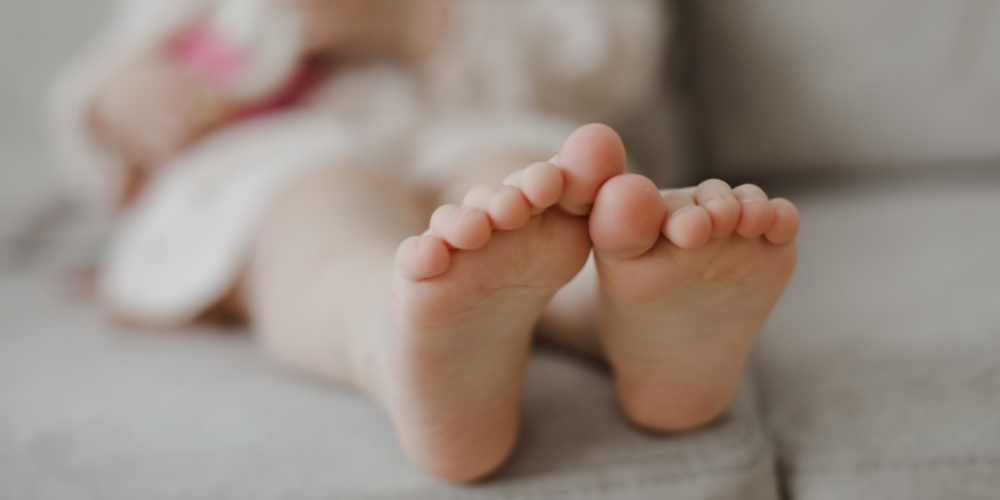
Release the feet
A time to really question our reliance on foot coverings is for our youngest tamariki who are indoors, freely playing on the carpet – moving about and learning about the world and themselves. Toes are part of their play, a steadying device, a prop, and a support. Free movement is enhanced by free feet. Shoes make crawling (which is a crucial part of brain development) extremely (and unnecessarily more) difficult.
When we can see, and truly appreciate how beneficial bare feet are – how nimbly our children move, and how immersed they are in their surroundings – we won’t just be ok with them removing their shoes, we might just remember that natural instinct and shed ours too!
Article provided by Kindercare Learning Centres.
More about toddlers and preschoolers:

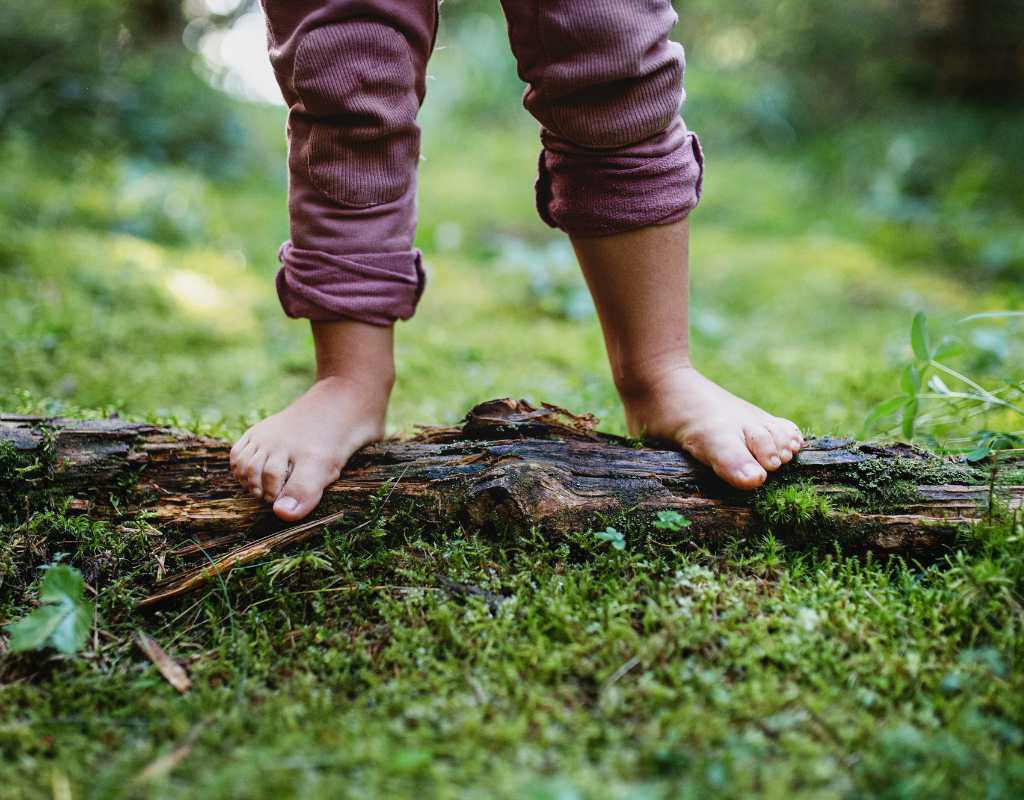
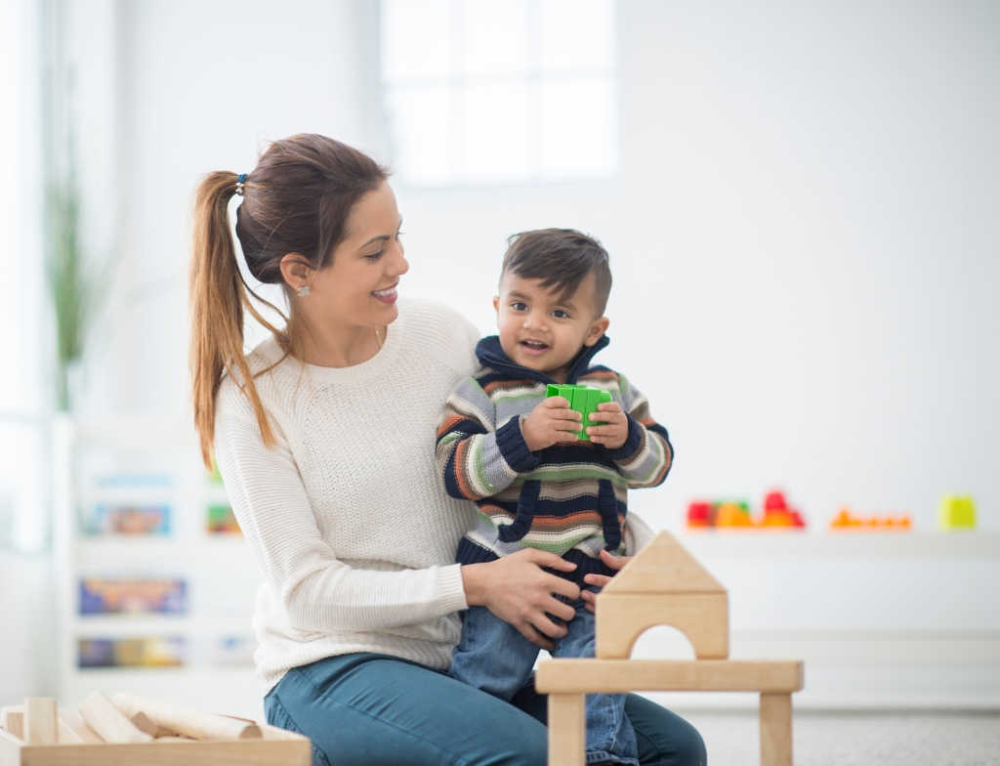

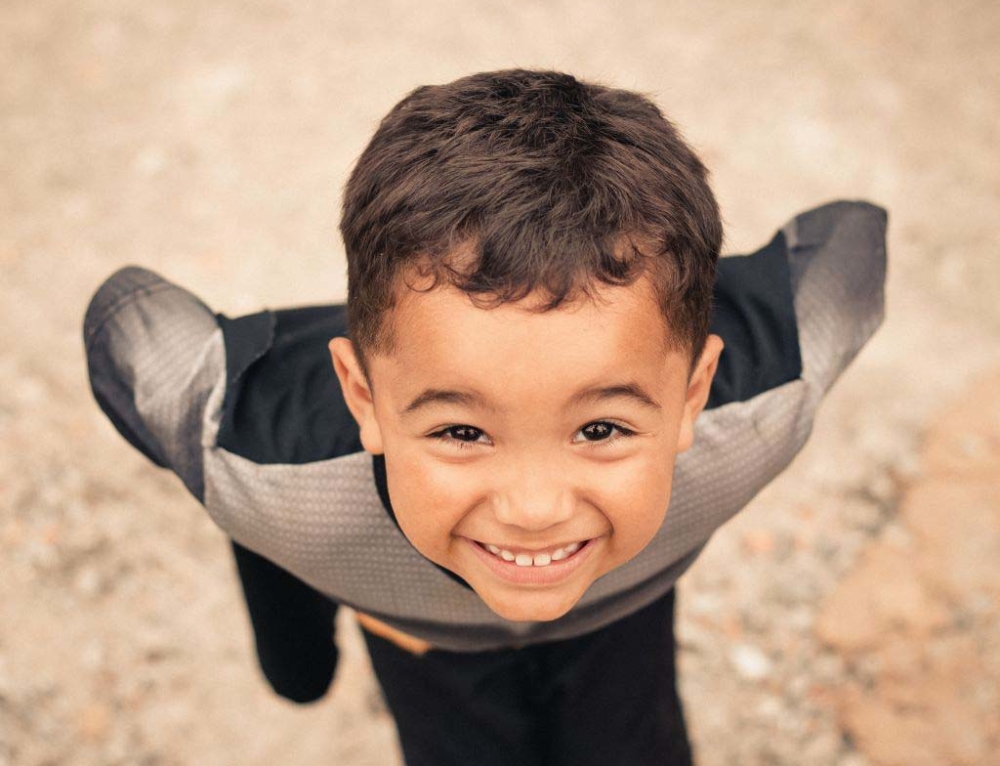
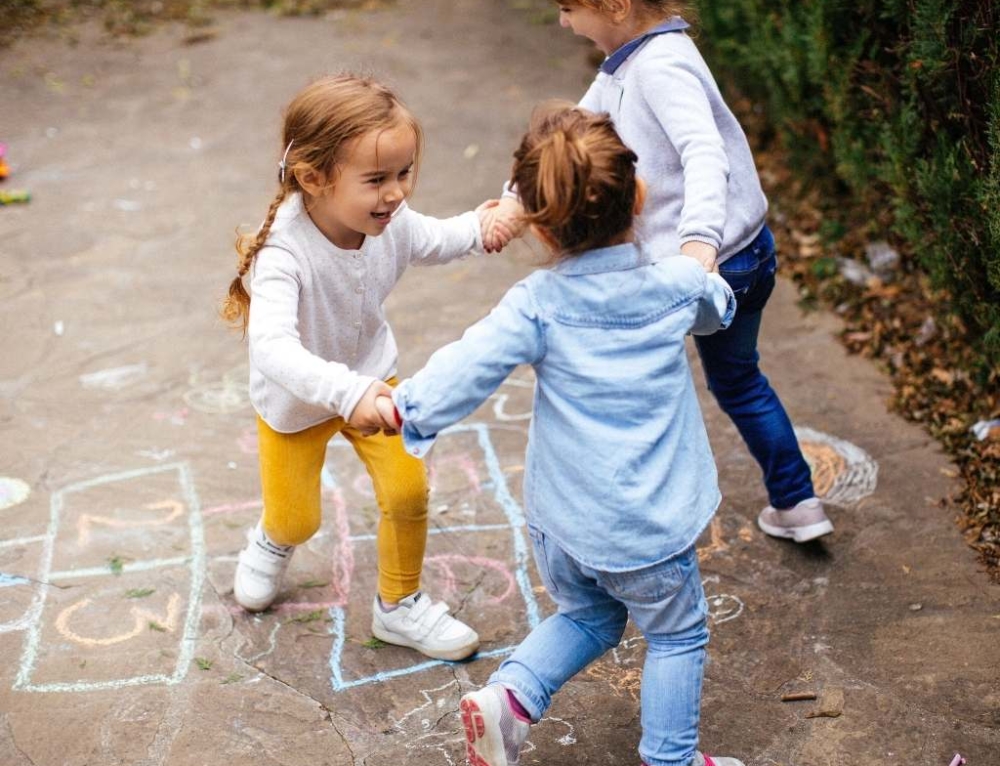
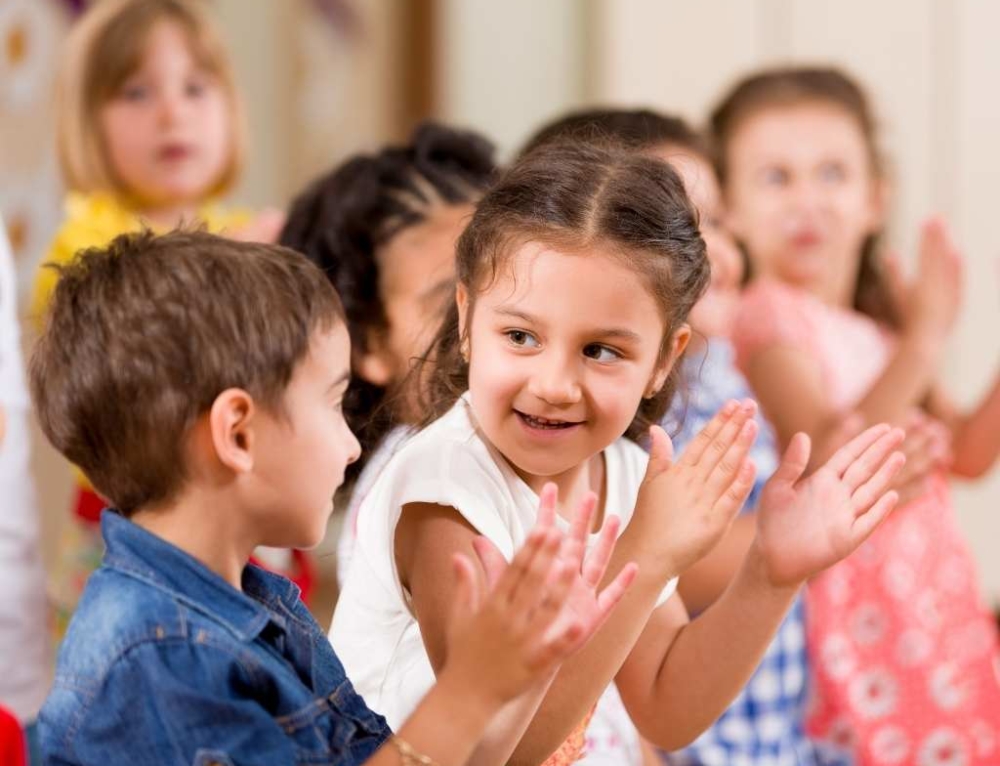
Leave A Comment
You must be logged in to post a comment.